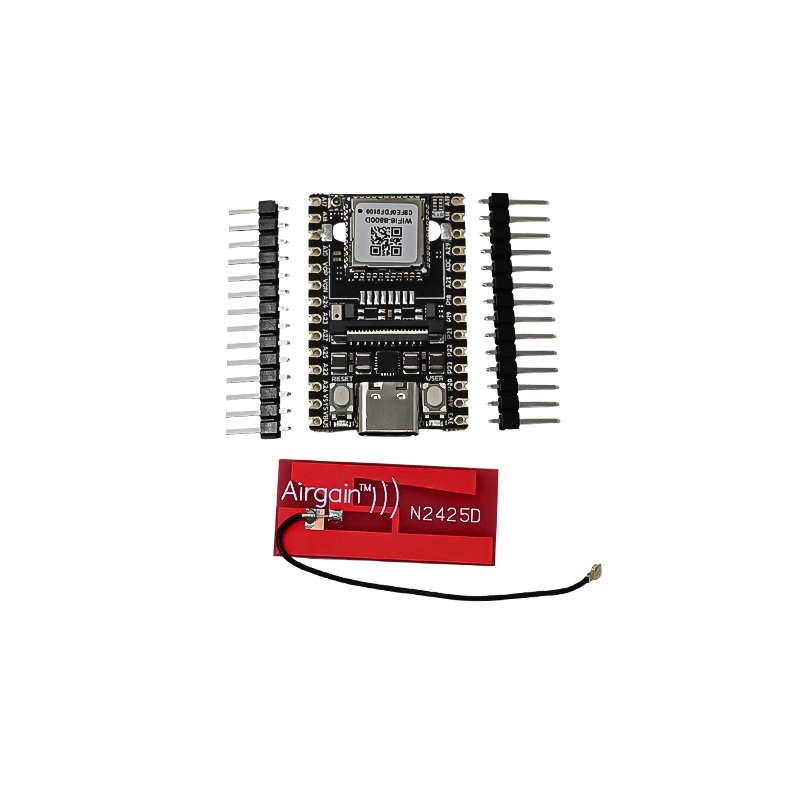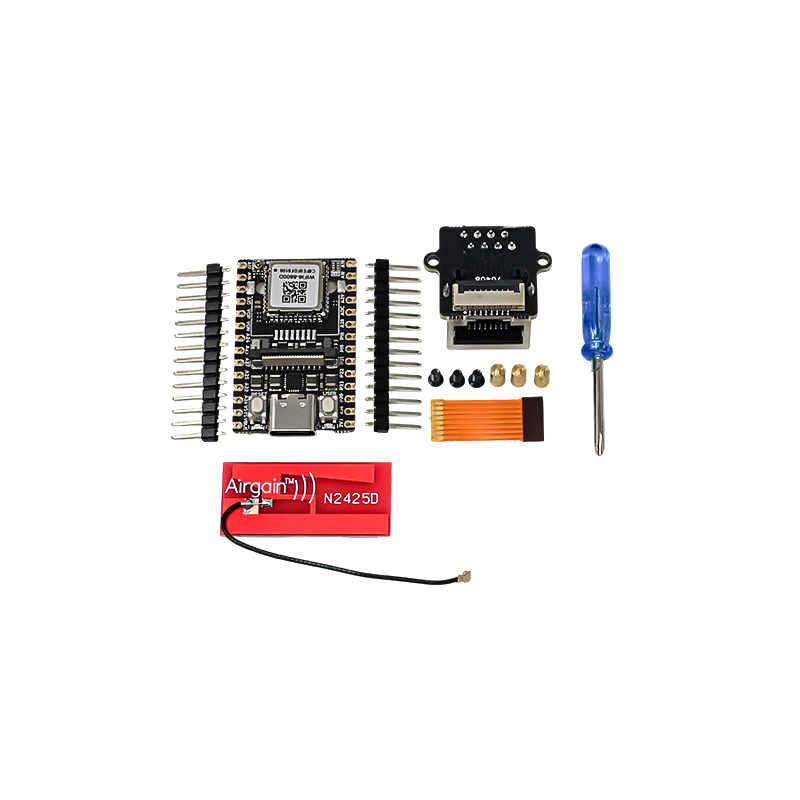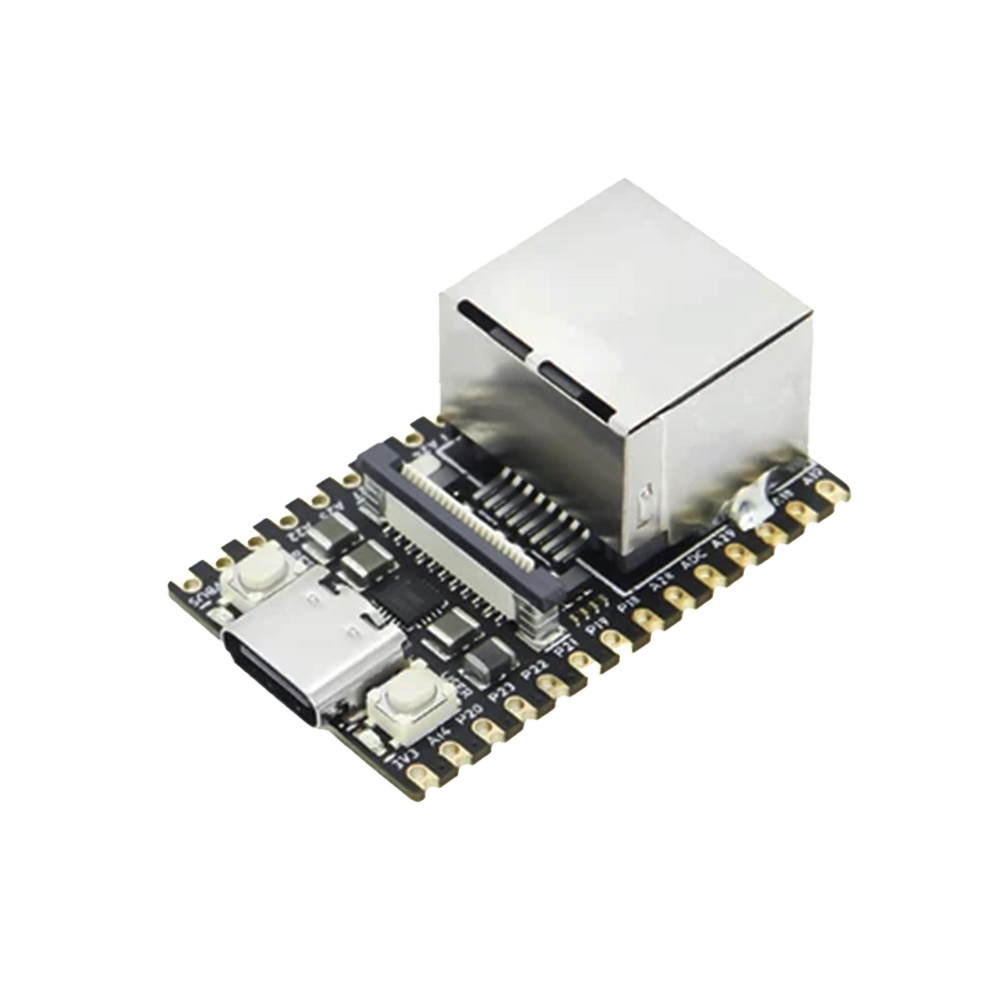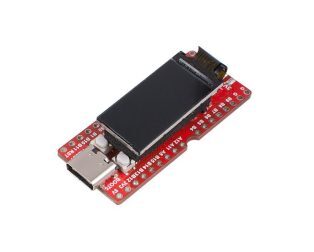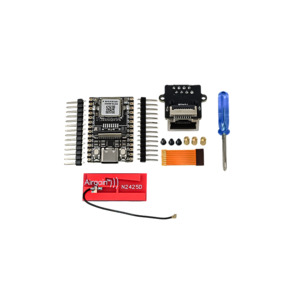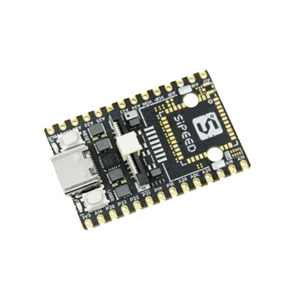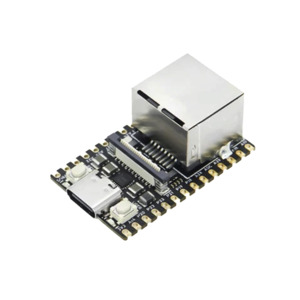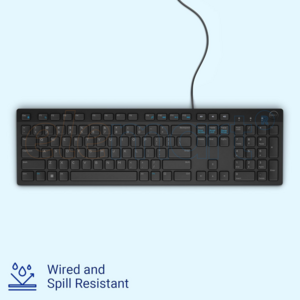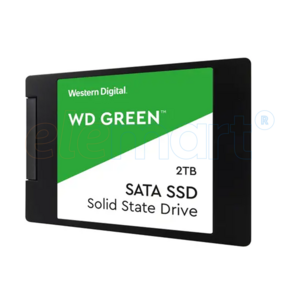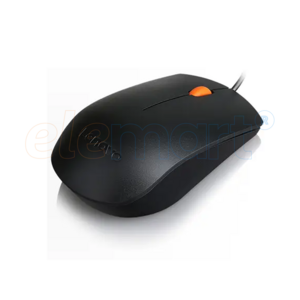Sipeed LicheeRV Nano (E) SG2002 Ethernet AI Visual RISC-V Linux Development board
Brand: Sipeed
Features
₹1,960 (Incl. of all taxes)
₹2,983
34% Off
₹1,960
+ ₹1,960 GSTStock: Outofstock
This product is currently out of stock.
For B2B orders, contact us on
About this item
The Sipeed LicheeRV Nano (E) is a lightweight and powerful RISC-V development board designed for embedded Linux, AI vision, and IoT applications. Powered by the SG2002 SoC, it features a 64-bit RISC-V core, integrated Neural Processing Unit (NPU) for AI acceleration, and dedicated Ethernet support, making it ideal for edge computing tasks that require low latency, reliability, and on-device intelligence. Unlike the WiFi version, the “E” variant is tailored for stable wired connectivity, featuring a 10/100M Ethernet port, suitable for industrial automation, security systems, and real-time monitoring devices. The board supports Linux-based OS, providing a flexible development environment with access to open-source tools, libraries, and frameworks. The LicheeRV Nano (E) is compact yet feature-rich, including interfaces for camera input (MIPI-CSI), display output (MIPI-DSI), USB, UART, SPI, and I2C. It also supports video decoding and AI model inference, making it perfect for projects like object detection, smart gateways, and edge AI cameras. With its open-source support and versatile I/O, the LicheeRV Nano (E) is a cost-effective solution for building intelligent, connected devices at the edge.Specifications
| SoC | SG2002 RISC-V 64-bit processor |
|---|---|
| AI Acceleration | Integrated NPU for edge AI tasks |
| Connectivity | 10/100M Ethernet port |
| OS Support | Embedded Linux (Debian-based) |
| Video Output | MIPI-DSI display interface |
| Camera Input | MIPI-CSI camera interface |
| I/O Interfaces | USB, UART, SPI, I2C, GPIO |
| Use Cases | Edge AI, smart vision, industrial IoT, Linux-based systems |

